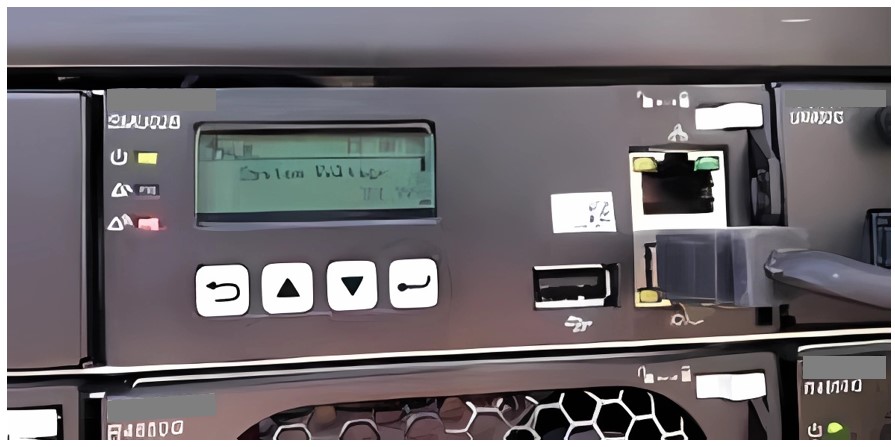Sistemas de Energía DC/AC
AC DC rectifier: alarms and lockouts due to current and voltage

It’s important to understand what we mean when we talk about alarms and lockouts in the AC DC rectifier for telecommunications due to malfunction. This implies that the equipment goes outside its established range of parameters.
If the failure doesn’t compromise the integrity of the AC DC rectifier or the service it provides, only a warning alarm is issued. This is usually indicated with a yellow visual signal and a remotely silenciable audible alarm.
On the other hand, if the situation is more serious, along with the alarm, the equipment is inhibited or shut down to protect itself and the entire system. Typically, in these cases, it emits an audible alarm that can only be silenced locally along with a red light.
In both cases, it is necessary for trained personnel to address and repair the existing fault.
How a failure is reported in the AC DC rectifier
Telecommunications companies have specialized personnel to address any incidents that may occur in their equipment. This is because they must ensure the continuity of the service they provide.
Typically, they have monitoring and remote control centers where alarms that may arise are received. Their operators notify the presence of any alarm and can take actions regarding it, using any of the protection systems in rectifiers.
Currently, the alarms they may have are reported by the Alarm Module. To do this, the appropriate configuration must be entered according to the manufacturer’s instructions.
This way, operators will know precisely which equipment has a fault and what the anomaly consists of. Next, we will see how rectifiers with alarms and locks operate.
Common alarms in AC DC rectifiers
There is a set of alarms that are standardized by the manufacturers of these equipment. In other words, these are the minimum alarms you will find in these devices.
Below, we will present the alarms that can occur in the AC-DC rectifier, focusing on current and voltage alarms and lockouts. We will also specify if they are just warning alarms or if they are the type that disconnect the equipment.
Low current alarm
The Low Current Alarm occurs when, for any reason, the current in the load increases to the point where the rectifiers are unable to meet this demand.
This alarm leads to the shutdown of the equipment, as it indicates an overload of current or a short circuit.
Low or high voltage alarm
The alarm is triggered if the voltage level exceeds the pre-established thresholds. In this case, the alarm does not shut down the AC-DC rectifier since other devices maintain the voltage in the load.
Nevertheless, the situation must be addressed promptly to prevent the issue from recurring in another device.
Overvoltage cut-off alarm
It occurs when the voltage level rises above the threshold allowed in the previous alarm. High-quality rectifiers include three overvoltage cut-off circuits, which are:
Selective overvoltage cut-off
This type of alarm is activated by cutting off only the rectifier experiencing overvoltage. It is identified by having a 100% consumption since, with the highest voltage, it tries to take on the entire load.
Non-selective overvoltage cut-off
This blocks all rectifiers, it is activated at a higher voltage level than the previous one. It acts as a backup when, for some reason, the selective cut-off does not work.
Remote cut-off due to overvoltage
This cut-off is activated through a signal generated by a circuit external to the rectifier. Which identifies a high-voltage condition in the Rectifier Module. It is activated at a higher voltage level than the other two.
As you may have noticed, alarms and cut-offs in rectifiers are of enormous importance.
For other operational details of rectifiers, we invite you to read our post Rectifiers AC – DC: floatation and equalization voltage, regulation, and control.
Also, in our article titled Selecting AC/DC telecom rectifiers: factors to consider, you will learn about these features. Don’t miss it!
With our Course on sizing and designing DC power systems for telecommunications and critical systems, you will learn how to calculate and dimension this equipment. Additionally, we provide real practical exercises to reinforce the learning.
If you want to know its content, just click here. We assure you that it will be of interest to you. Finally, we suggest reading the various posts on our website energydcac related to solar energy, AC, and DC. They are sure to be interesting and useful for you!

